An ant is quite a simple animal. Its behavioural repertory is limited to ten to forty elementary behaviours. Yet, anthills are very complex one can find nursery, warehouses or kitchen gardens in the anthills. Some individual ants forage, others take care of the eggs, repair the nest or protect the anthill against miscellaneous threats.
Division of labor could be the key. Ants are highly specialized, so specialized that some individuals have to be fed by others; they are unable to get food by themselves. In economics, division of labor leads to efficiency, but, to function properly, some sort of supervision is necessary. The different tasks have to be coordinated. Yet no such supervisors exist in anthills. No ants are able to manage this exploit. Nevertheless, the coordination necessarily exists; it results from some sort of self-organization process.
Let us examine foraging strategies in ants-
Initially, a number of ants are randomly walking outside the nest in search of food. All along their way, these ants deposit a light stream of pheromones. When an ant finds some food, it returns home, depositing a stronger stream of pheromones again. Ants have the special behaviour of following the trail. So more and more number of individuals will tend to follow the trail and reach the food. When the ants return, they strengthen the pheromone stream indicating positive feedback. As more individuals strengthen the trail, it attracts new individuals, which in turn strengthen the trail furthermore.
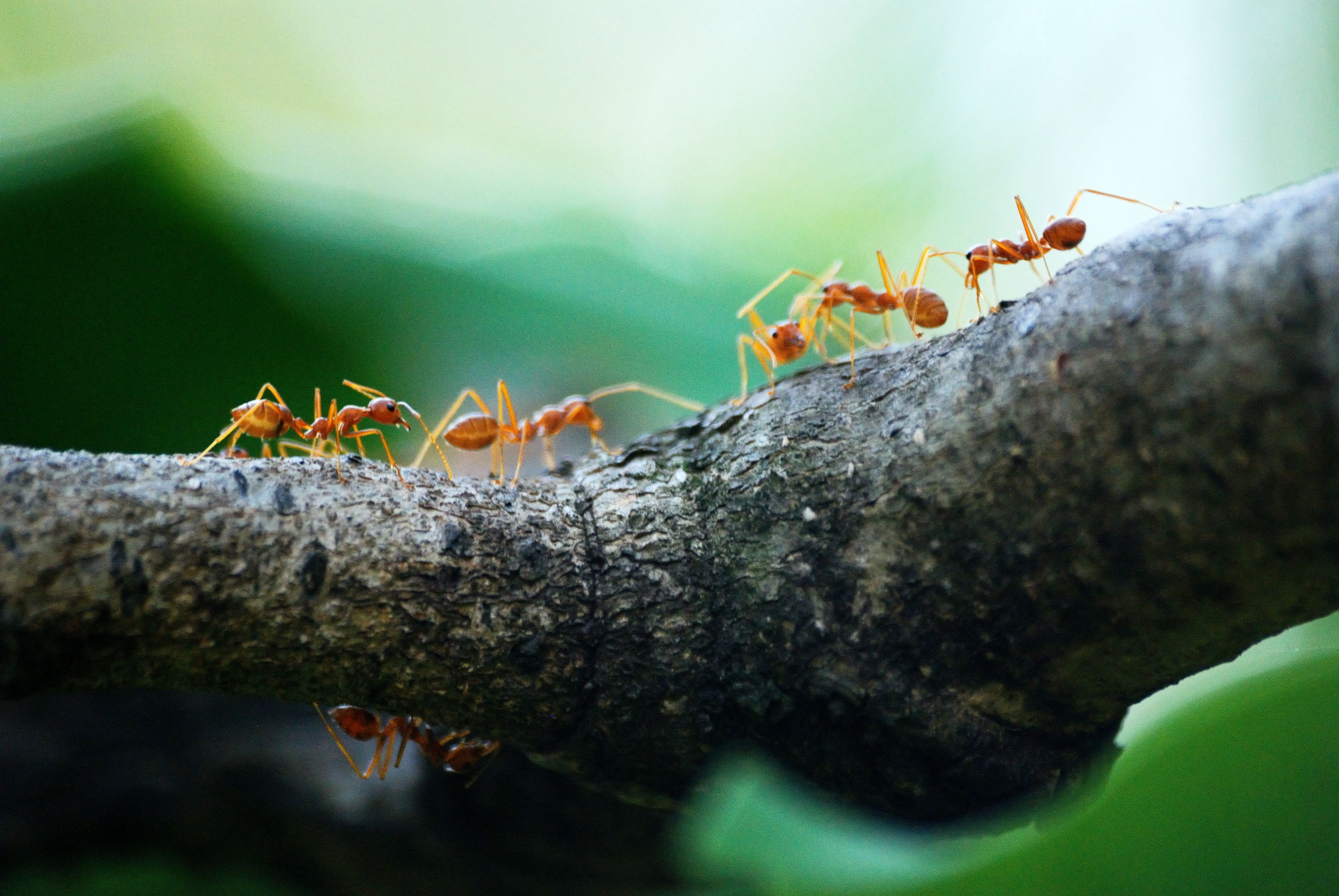
In this example, the ants don't communicate directly. Information is exchanged through modifications of the environment. This type of communication is known as stigmergy. This concept was proposed by P.P. Grassé in 1959. While studying nest reconstruction in termites he showed that it doesn't rely on direct communication between individual termites. The structure of the nest itself directs the tasks of the workers, possibly with the help of local pheromone concentrations. The state of the nest structure triggers some behaviour, which then modifies the nest structure and trigger new behaviours until the construction is over. The process is similar in ant foraging.
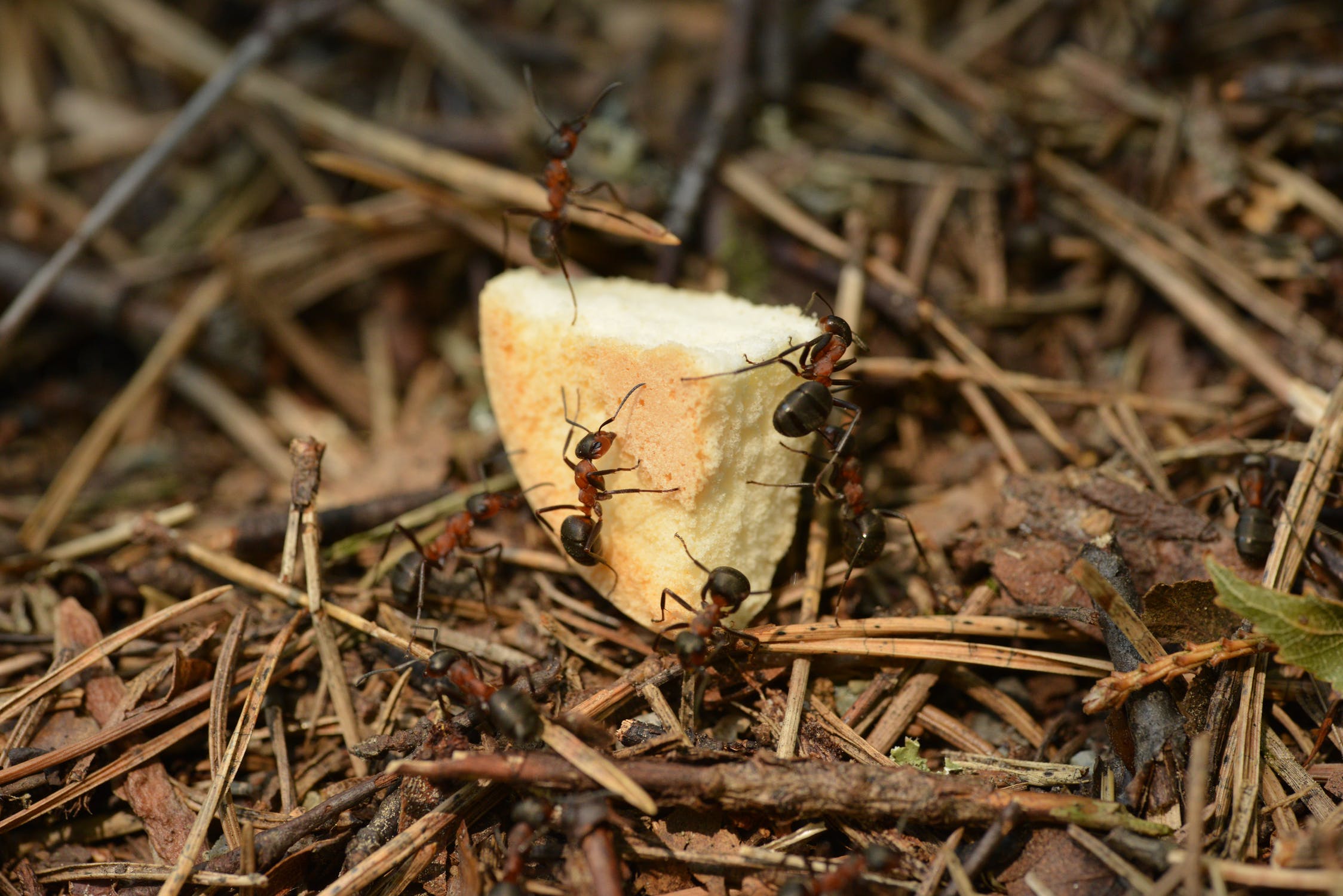
The ants follow pheromone stream, but it is only a tendency. The ant may abandon the pheromone trail and move more or less randomly. It is also possible that the "lost" termite finds a new resource, sometimes far more rich than the previous one. Now this lost termite ant will start constructing a new pheromone trail to attract new individuals and a new positive feedback loop is set up.
Finally, when the resource is used up, a negative feedback loop is set. For example, if pheromone decay is quick, as resource is been exhausted less number of ants will tend to follow the trail and finally the trail will gradually disappear.
Self-organization in social insects can be understood through following four basic mechanisms:
A characteristic well-organized pattern develops on the combs of honey bee colonies. This patterns consists of three concentric regions like a central brood area, a surrounding rim of pollen and a large peripheral region of honey resulting to a large extent from a self organized process based on local information.
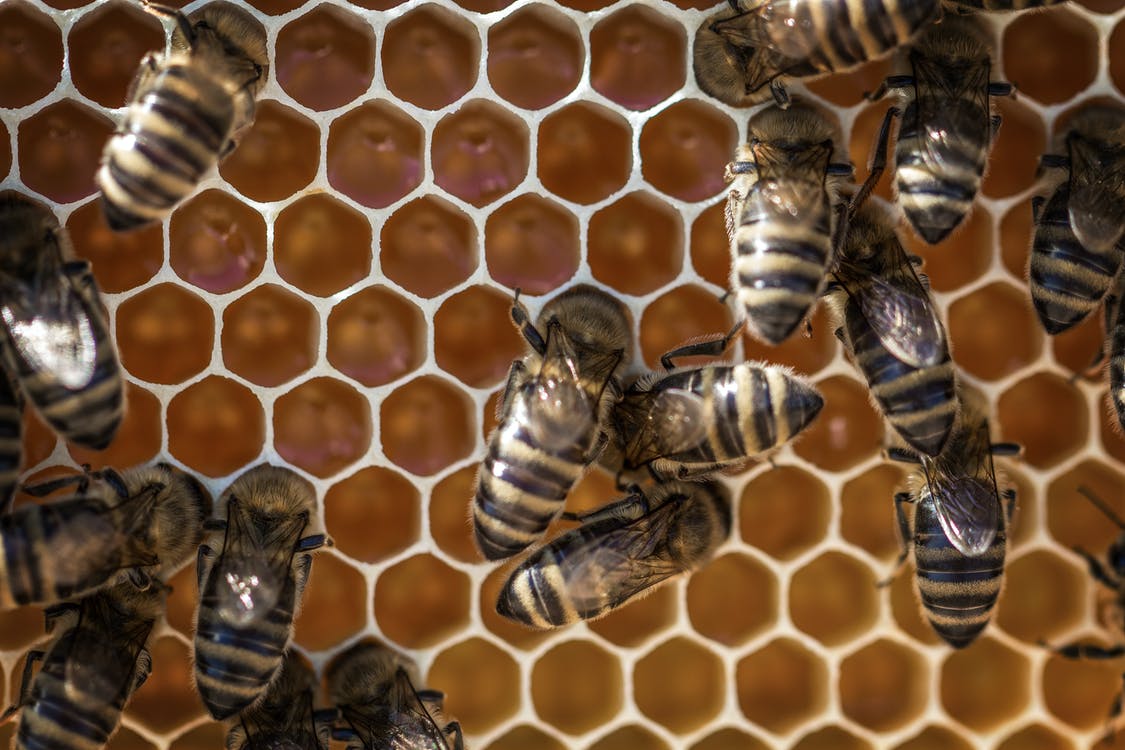
The model relies on the following assumptions suggested by the experimental observations:
The termites use soil pellets impregnated with pheromones to build pillars. In this process of construction two successive phases takes place. First, the non-coordinated phase which is characterised by a random deposition of pellets. This phase ends with one of the deposits reaching a critical size. Then, the construction phase starts is the group of builders is sufficiently large. Finally the pillars emerge.
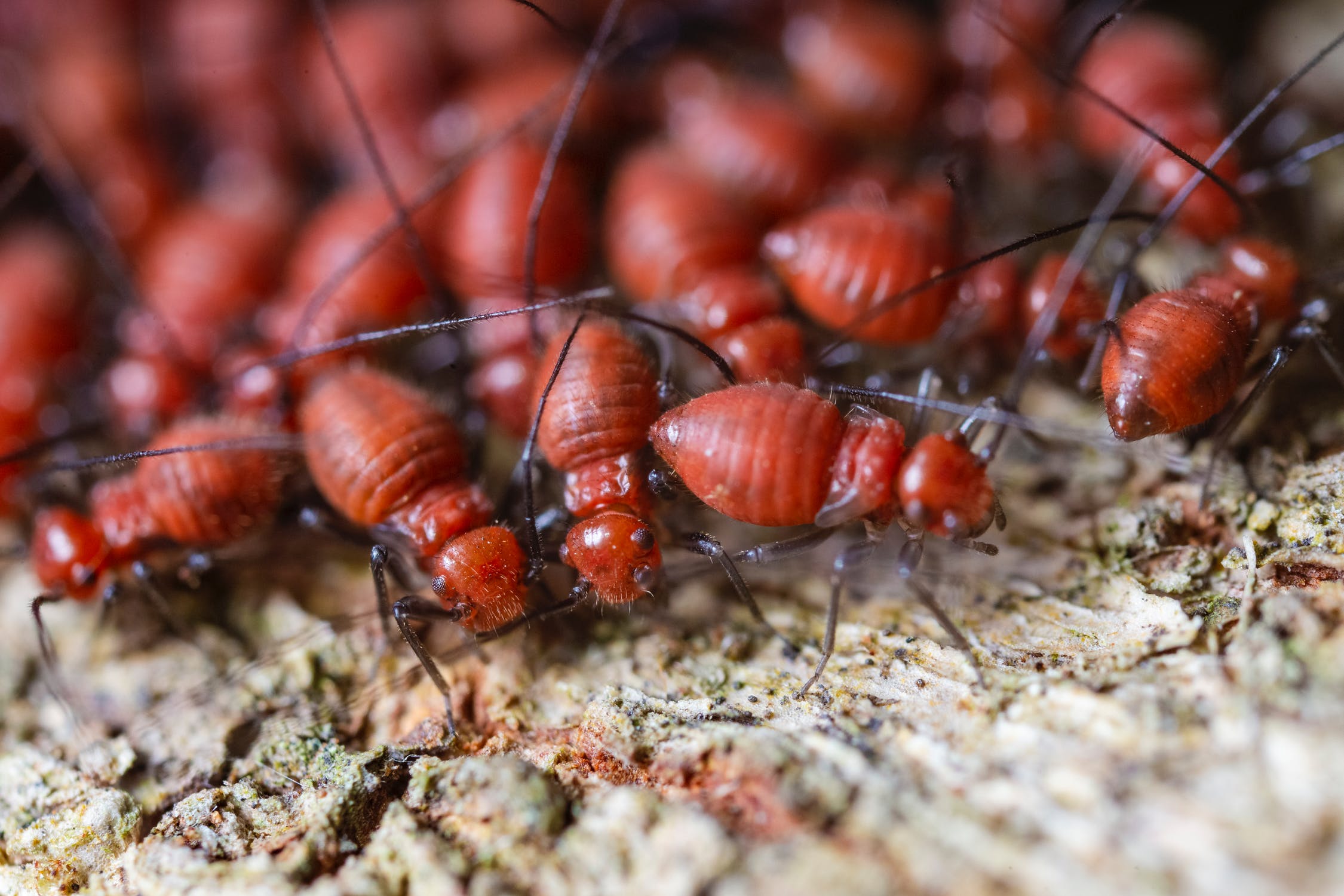
The existence of an initial deposit of soil pellets stimulates workers to accumulate more materials through a positive feedback mechanism, since the accumulation of materials reinforces the attractively of deposits through the diffusing pheromones emitted by the pellets. This self-catalysed snowball effect leads to the coordinated phase. If the number of builders is too small, the pheromone trail will disappear between two successive trips by the workers and the strengthening mechanism cannot work. Finally, only the non-coordinated phase is seen.
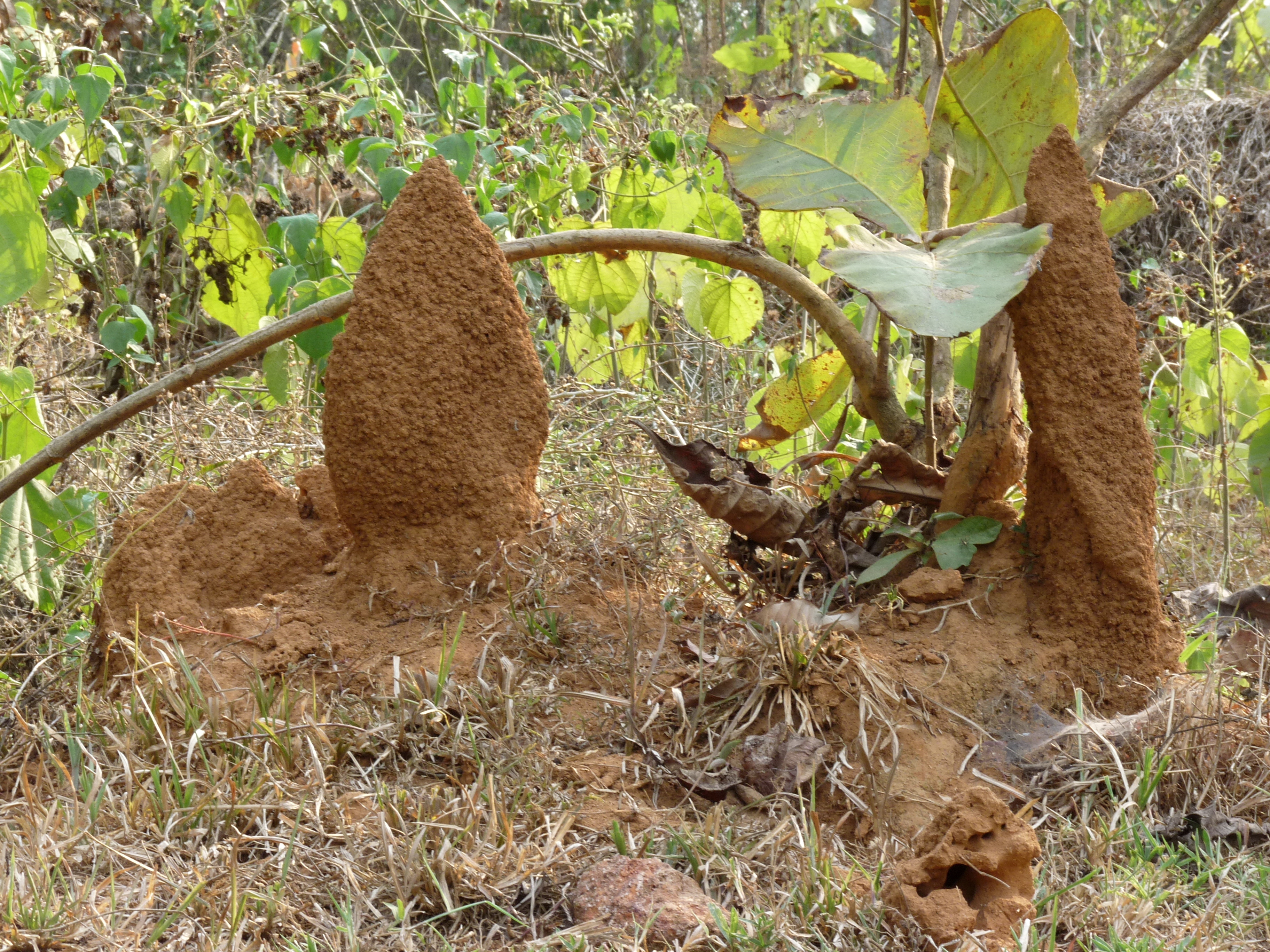
Therefore, there is no need to invoke a change of behaviour by the participants in the transition from the non-coordinated to the coordinated phase. It is merely the result of an increase in group size.

- Share with your friends! -
Login to post your comment here...
- or with social Account -